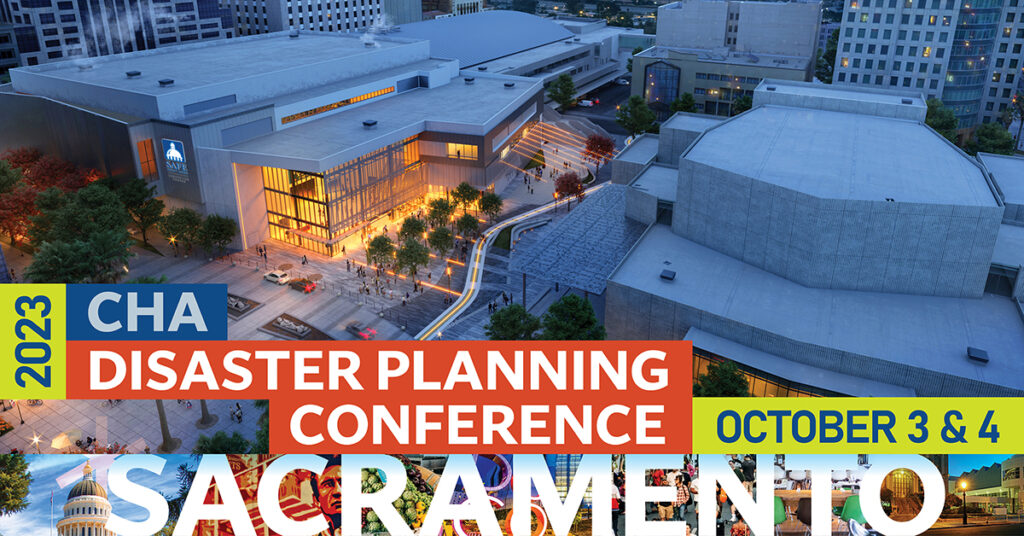
Restore our purpose.
Refocus on what’s ahead.
Learn new things.
For three years, the pandemic response has taken our attention and resources. We can’t forget there are other disasters that need our focus. From earthquakes and floods to violence in our facilities, disaster teams have been prepared to care for our communities, yet we can’t forget about ourselves in the process.
It’s time to restore our purpose, refocus on what’s ahead, and learn new things.
This content is restricted to members.